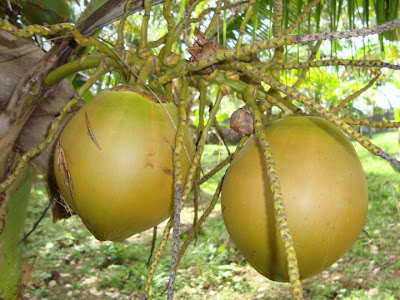This Land
Rhymestore.com
This land is where we belong
This land is where we are at home,
We know its ways
This land is needed for those who come after
We know where to find all this land provides for us
This land keeps us together within its mountains.
These are products of our hardships and evertything, it's so nice to see and taste that finally we are starting to enjoy our little farm and garden which can be found only in the vicinity of Casa Miani

Sigarilyas

Sitaw

Bataw

We have several pili trees, PILI is the pride of Sorsogon
The Pili nut (Canarium ovatum), one of 600 species in the family Burseraceae, is native to the Philippines and is abundant and wild in southern Luzon, and in parts of Visayasand Mindanao.
Pili fruit is a drupe, 4 to 7 cm long, 2.3 to 3.8 cm in diameter, and weighs 15.7 to 45.7 g. The skin (exocarp) is smooth, thin, shiny, and turns purplish black when the fruit ripens; the pulp (mesocarp) is fibrous, fleshy, and greenish yellow in color, and the hard shell (endocarp) within protects a normallydicotyledonous embryo. The basal end of the shell (endocarp) is pointed and the apical end is more or less blunt; between the seed and the hard shell (endocarp) is a thin, brownish, fibrous seed coat developed from the inner layer of the endocarp. This thin coat usually adheres tightly to the shell and/or the seed. Much of the kernel weight is made up of the cotyledons, which are about 4.1 to 16.6% of the whole fruit; it is composed of approximately 8% carbohydrate, 11.5 to 13.9% protein, and 70% fat. Kernels from some trees may be bitter, fibrous or have a turpentine odor.

Bikol REgion is known for Laing ( Gabi) we have plenty of them

and coconuts...


Star Apple


Jackfruit..(Langka)

Banana..( Saging)

Presenting our Vegetables Garden

Pechay & Okra


Cassava ( Kamoteng kahoy o Bilanghoy)


Corn..

The Farmerrhymestore.com |
Farmer moves merrily, |



sweet potatoes (kamote)


Bitter Melon ( Ampalaya)

Papaya


banana Area


Increasing number of piglets in thier NEW HOME ,THE PIG PEN




















0 Comments:
Post a Comment